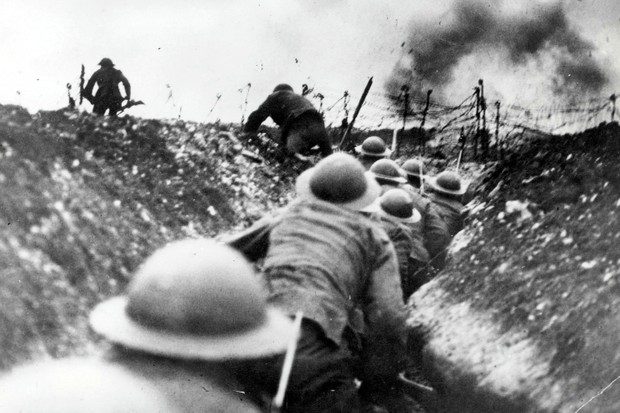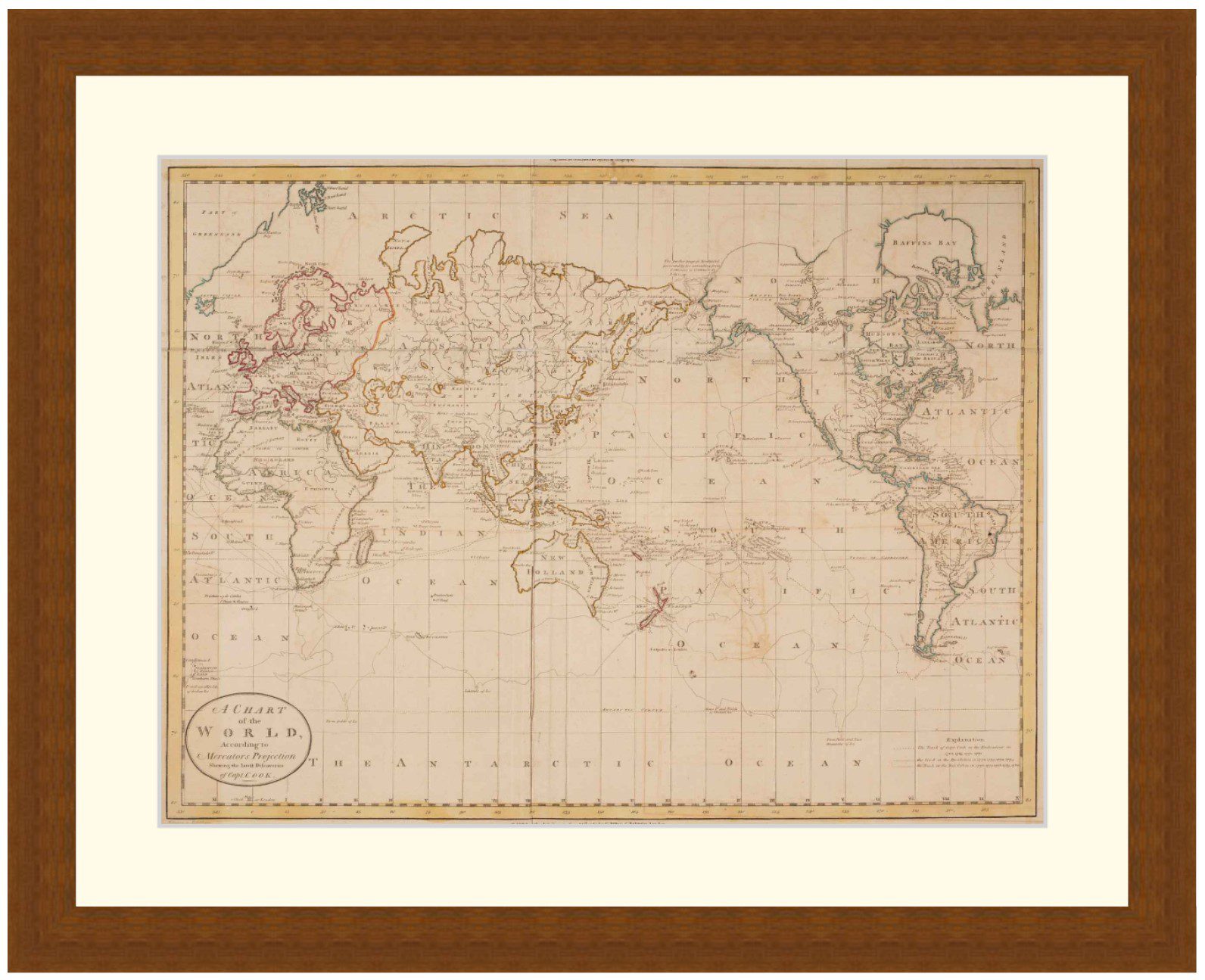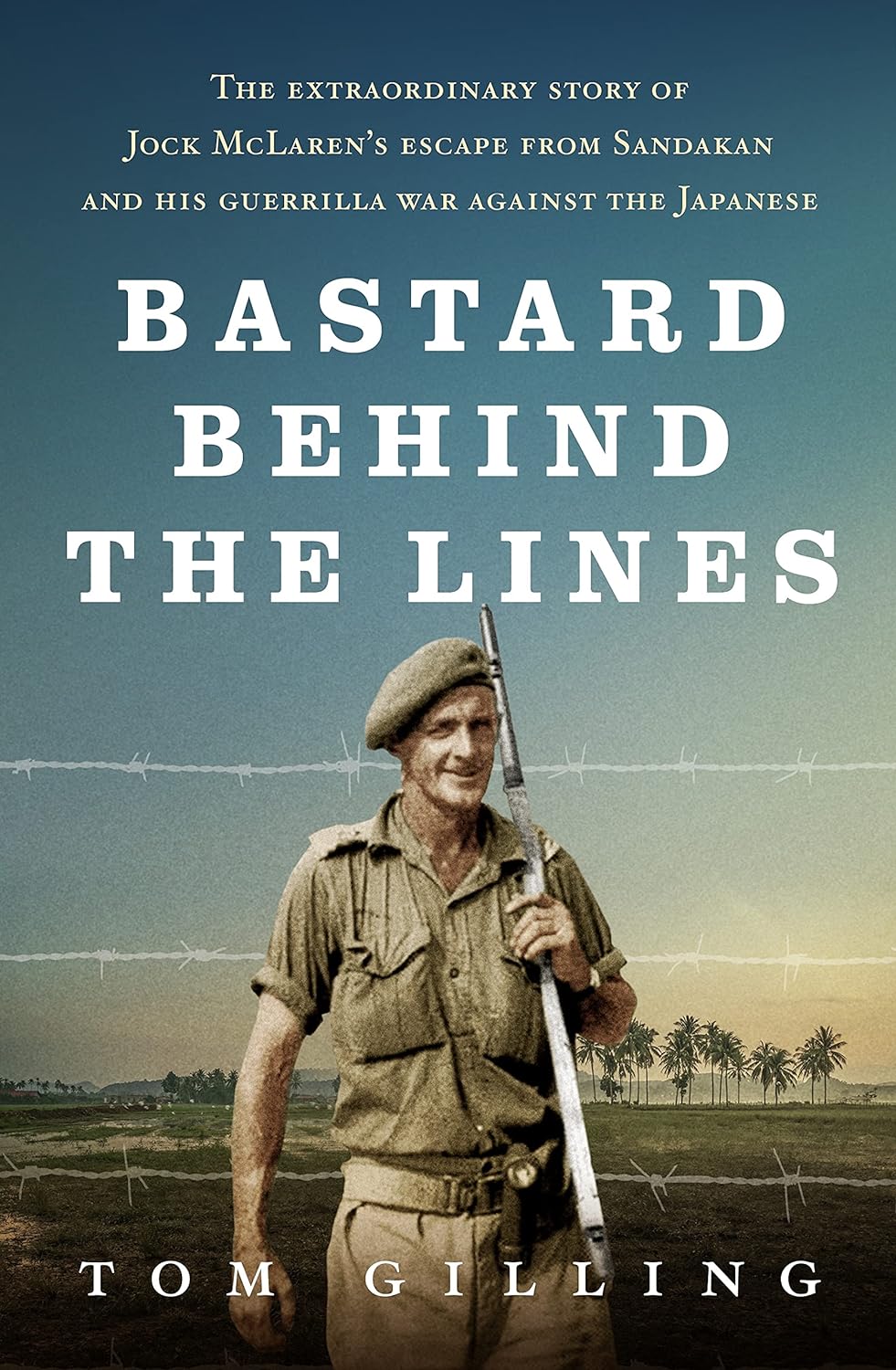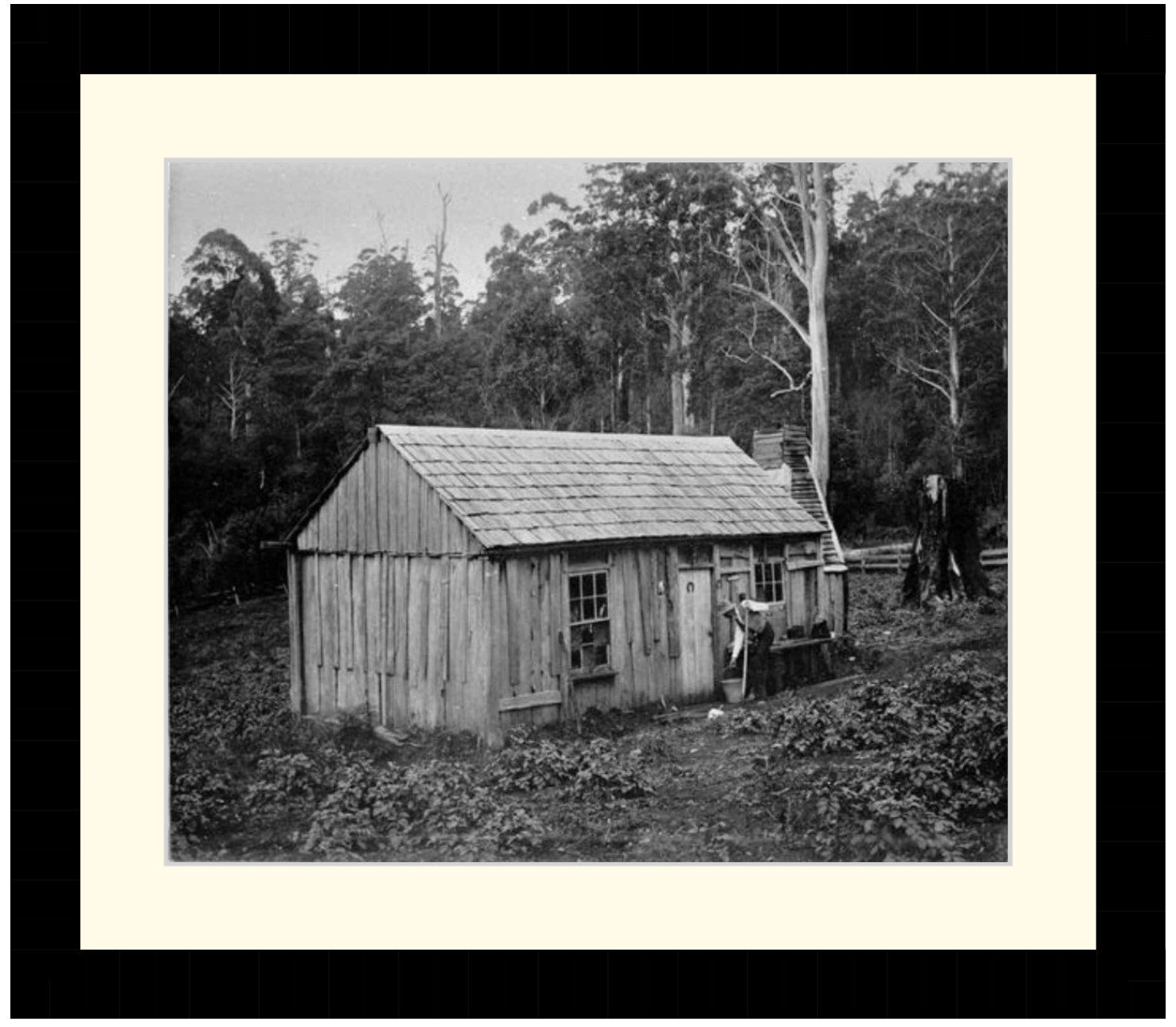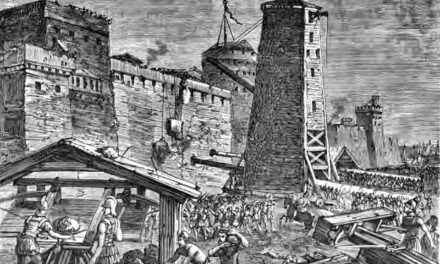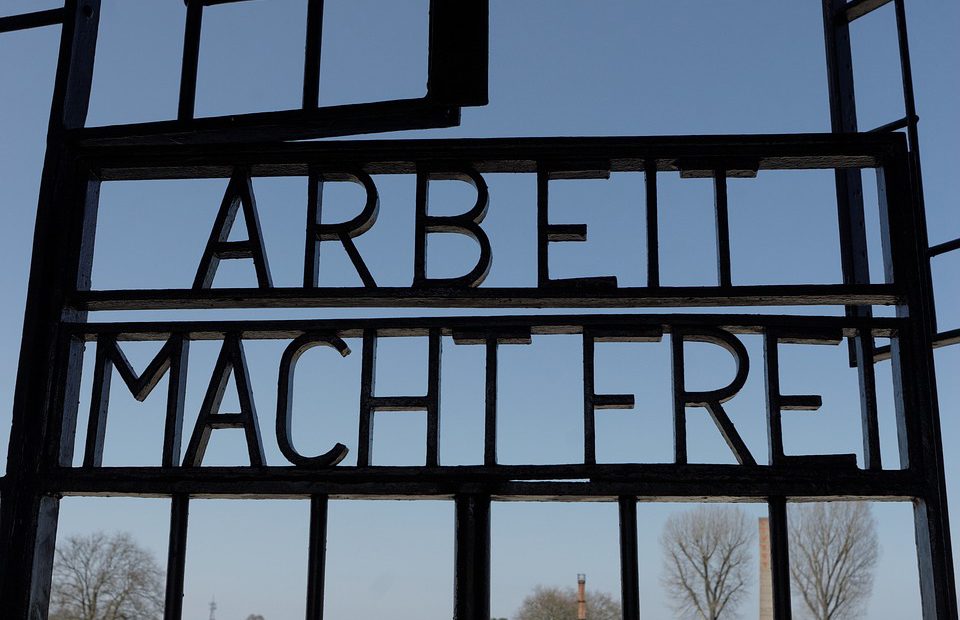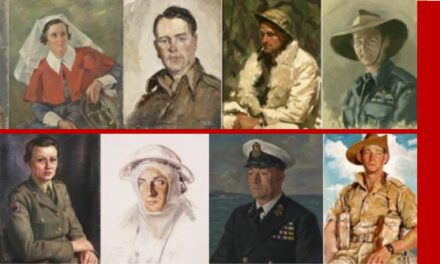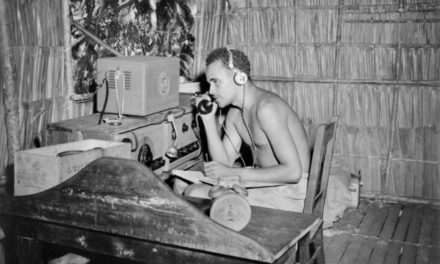Reading time: 8 minutes
Why does the Battle of The Somme still matter so much in Ireland, for both the South and North?
By Brian Barton
A campaign, rather than a battle
The Somme was the first great action by a British Army on a continental scale. It was the longest, bloodiest battle of World War One, a campaign lasting four and a half months, and fought over a twenty-mile front near the Somme. In February 1916 Allied commanders had decided to launch an infantry offensive there, beginning on 1st July. Their ill-defined intention was to relieve pressure on Verdun and the Eastern front, wear down and drive back German forces and, over-optimistically, achieve the illusive, decisive breakthrough. However, though out-numbered, German troops occupied the high ground, and had constructed extensive, virtually impregnable defences, including barbed wire belts thirty yards across, and three lines of multiple trenches, supported by dugouts, up to forty feet deep. On 24 June the British barrage began; it was audible in Kent. But it was ill-timed, one-third of the shells fired were duds and they were spread too thinly over too wide a front. Overall, it had little impact on the enemy’s barbed wire defences, trench systems, emplacements and manpower, whilst causing craters which made orderly advance impossible.
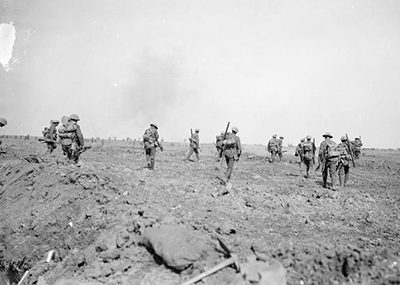
The role of the 36th (Ulster) Division
War provided northern unionists with an opportunity to demonstrate their loyalty to Empire, and the War Office agreed to raise an army unit from the Ulster Volunteer Force, the 36th (Ulster) Division. It arrived in France in October 1915, and its initiation into the field of battle was on the first day of the Somme; 1st July was the original anniversary of the Boyne and, as they clambered over the parapet at 07.30 a.m., some members shouted old battle-cries: ‘No Surrender’, ‘Remember 1690’, and wore orange ribbons or sashes. Their initial objective was to attack with eight battalions (15,000 men), 2,800 yards of German front between the villages of Thiepval and Beaumont Hemel, and capture a large enemy fortification, Schwaben Redoubt. Shortly after ‘Zero hour’, the foremost German positions were successfully overrun. But as the 36th sought to advance and consolidate, its casualties mounted. It was raked by machine-gun and artillery fire from well-defended and elevated enemy positions, so that ‘No Man’s Land’ became a ‘ghastly spectacle of dead and wounded.’ The battle for Schwaben Redoubt was especially intense and confused, the severing of its land lines adding to the ‘fog of war.’ It was eventually taken, a small number of Ulstermen then advanced as far as the German second line, and 540 prisoners were captured. However, meanwhile, the 29th and 32nd divisions on their right and left flanks had both been decimated by enemy firepower, and had failed to make any advance. The remnants of the Ulster Division were therefore left besieged in an exposed salient 1,000 yards deep and 200 yards wide. German troops brought up reinforcements, counterattacked, and quickly regained most of the objectives taken, including Schwaben Redoubt.
Heroism of the Ulster Division, but then shock of a huge death toll
The 36th fought heroically on 1 July; four of the nine VCs awarded to its members were earned during the fighting that day. Afterwards, one of its officers declared proudly that its deeds ‘may be equalled, but can never be surpassed.’ But he added: ‘[it had] practically ceased to exist… Our casualties for so little appear indeed terrible.’ The division had sustained over 5,500 casualties, of whom 1,944 had been killed (the British army overall had lost almost 20,000 dead, the highest number in its history on a single day). Only gradually did their families become aware of the scale of its losses; casualty lists from the battle were still being published in Ulster’s newspapers in early August, and ‘a hush of mourning fell over the whole province… In house after house, blinds were drawn.’ The annual 12th July demonstrations were cancelled. Instead, five minutes silence was observed at noon, when traffic halted and passers-by stood dumbstruck in the streets. Meanwhile, on 5th July, the 36th had been moved back from the front to reorganise and recuperate. Its next military engagement was at Messines Ridge, in June 1917.
Other Irish units at the Somme
The Ulster Division’s actions at the Somme rapidly passed into history and myth. It was widely depicted as having exemplified courage and success in the midst of tragic failure, and as having been the sole British unit to take and hold its objectives on 1 July. But it had succeeded in holding only some of these whereas other Corps, notably the XIII and XV, did retain the territory they had gained. Also, the focus on the 36th has resulted in the achievements and sacrifices of other Irish soldiers being largely forgotten, yet they too fought bravely and suffered heavy casualties. Over 200,000 Irishmen fought in British forces in World War One, they won 37 VCs, and more than 30,000 lost their lives (in excess of 150,000 Irish-born recruits also fought as members of Dominion and US forces). In total, twenty Irish battalions were engaged on the first day of the Somme and, thereafter, Irish soldiers fought in almost all the battles of the Somme campaign, especially the 16th (Irish) Division. It was the main Irish nationalist, Catholic unit, though some of its battalions were from Ulster and had up to one-third Protestant enlistment. It had transferred to France in December 1915, and first fought at Loos, January-August 1916, where it sustained heavy losses (for example, it lost 570 men between 24-29 April – the week of the Easter Rising which had resulted in 450 deaths). It was then transferred to the Somme without rest and with its numbers depleted. In early September, it succeeded in capturing two fortified villages, Guillemont and Ginchy, which had withstood earlier British army assaults. Its casualties were high; it lost 1,000 men between 1st and 10th September. Allied command attempted to exploit their advances as a jumping off point for a further ‘push.’ Over the next two months, Irish units again participated in most of the major battles – at Flers-Courcelette, at le Transloy, and at Ancre Heights, during which the decision was taken to terminate the campaign. With troops exhausted, casualties mounting and no sign of a breakthrough, it ended on 18 November 1916.
The consequences of the Somme campaign
The Somme has become emblematic of the hopeless, futile, apparently interminable slaughter of World War One. During the battle, German infantrymen reported that their guns became red hot, so that they burnt their hands and fingers. British and French casualties exceeded 620,000; yet no military advance greater than ten miles had been made. But it was arguably a ‘pyrrhic victory’ for the Allies. Germany also lamented its ‘great losses’ – up to 550,000 casualties. By November 1916, its first-class, peace-trained soldiery had been expended, and the morale of its army shaken. The campaign had stretched its limited resources almost to breaking point. Thereafter its High Command changed tactics – no longer holding ground at all costs, and adopting the ‘Hindenburg Line’ (September 1916), so conceding much territory in order to shorten the front. The effect of this was to push back the positions from which its Spring Offensive was launched in 1918, and this contributed to its failure. Crucially, the military losses sustained at the Somme helped induce the German leadership to introduce unrestricted U-boat warfare in January 1917, and this was decisive as it drew the United States into the war in April. When justifying this fateful decision, General Ludendorff said: ‘we must save the soldiers from a second Somme battle’, as the German army had ‘fought to a standstill and… was utterly worn out.’
Why does this still matter so much in Ireland, for both the South and North?
The 16th division lost 1,167 men during the Somme campaign and, in total, almost 4,000 members of Irish units (including the 36th) lost their lives during the battle. Amongst them was Tom Kettle, the well-known Irish Parliamentary Party MP, who was killed at Ginchy. He had presciently predicted that within nationalist Ireland the ‘Easter Rising leaders [would]… go down in history as the leaders and martyrs’, whilst he would be regarded as just a ‘bloody British officer.’ Certainly the Free State government, newly formed in 1922, did not acknowledge the service and sacrifices of Irish Catholic soldiers in World War One, and little of their wartime role was taught in schools. But the extent of this ‘national amnesia’ has been overstated. Their memory was cherished by their families and friends, and their ‘in memoriam’ cards treasured. After 1921, British Legion branches were established in Southern Ireland, and 70,000 attended the first Armistice Day commemoration in Dublin in 1924, including 20,000 ex-servicemen. Between the wars, poppy sales were consistently higher in the Irish capital than in Belfast and, until the 1960s, Limerick’s Remembrance Day parade was the largest in the country. Meanwhile, the decision to create a national war memorial gardens at Islandbridge was taken in the 1930s. As for the Ulster Division, its heroic participation at the Somme had immediate, significant and tangible repercussions. Subsequently northern unionists attained a ‘new credibility in British political life’; the actions of the 36th confirmed that no British government would ever coerce them into accepting Dublin rule; the Union had been ‘sealed in blood.’ Ultimately this found legislative expression in the Government of Ireland Act, 1920, which partitioned Ireland and created the Northern Ireland state.
This article was originally published by The Open University.
Podcasts about Ireland and the Battle of The Somme
Articles you may also like

General History Quiz 179
1. In 2005 Hurricane Katrina devastated New Orleans. How many people were killed in the storm?
Try the full 10 question quiz.
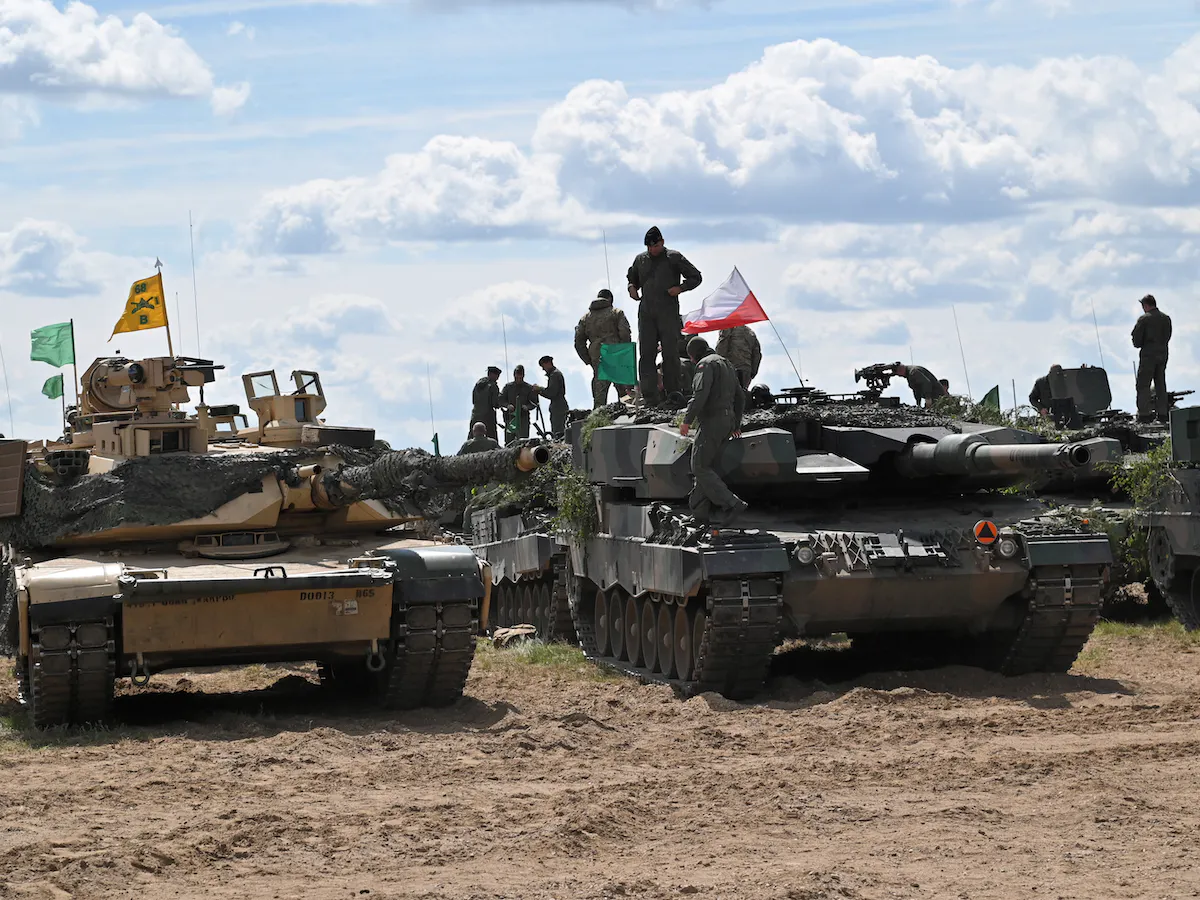
Ukraine: why supply of US and German tanks echoes cold war
Reading time: 5 minutes
The export of German and US tanks to Ukraine is not without risk, both real and symbolic. In purely military terms, well-trained, well-led and motivated Ukrainian tank crews operating the Leopard 2 or M1 Abrams will be better protected, have better firepower and be more manoeuvrable than their Russian counterparts. Provided the Ukrainians can cope with the fact that they will need different ammunition, spare parts and possibly fuel they can make a difference, significantly enhancing Ukraine’s capability to defend its territory.
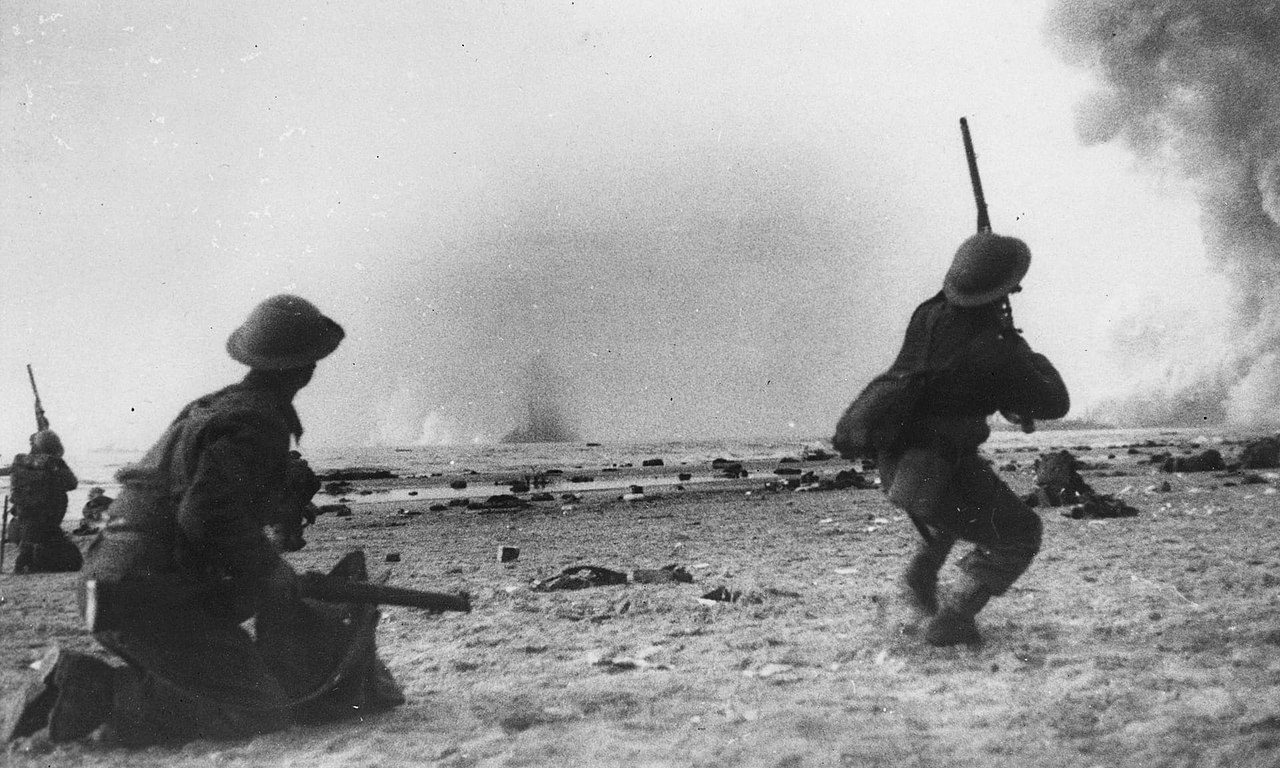
Dunkirk: how British newspapers helped to turn defeat into a miracle
Reading time: 6 minutes.
with the 1963 film of that name starring Steve McQueen, reffering to, of course, a mass escape by Allied prisoners during the second world war. But this title might more appropriately be applied to the rescue of the British Expeditionary Force (BEF) from Dunkirk between May 27 and June 4 1940.
The text of this article is republished from The Open University and is is licensed under a Creative Commons BY-NC-SA 4.0 license.

